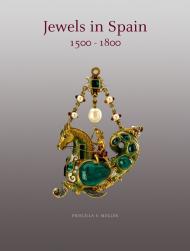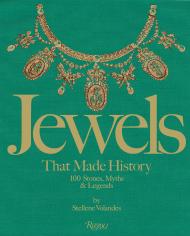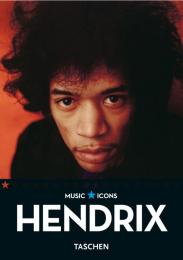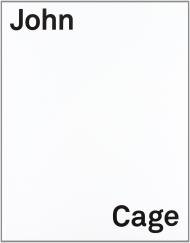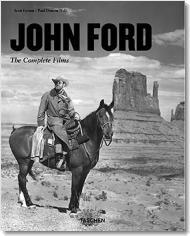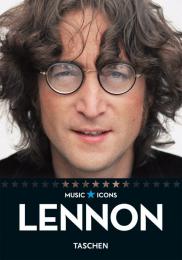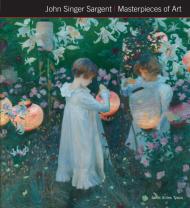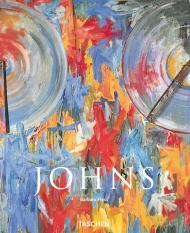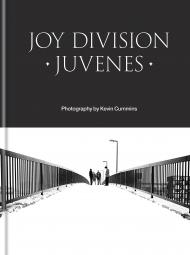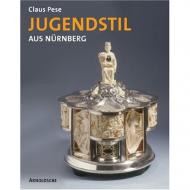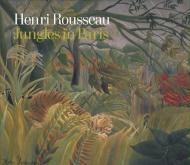English
This book provides the first comprehensive overview of the development of Jugendstil around 1900 in Bavaria's leading industrial city. More than two hundred and fifty objects from all areas of the decorative and applied arts illustrate the internationally significant range of "Nuremberg Jugendstil". Nuremberg Jugendstil used a broad variety of materials and its decoration is richly diverse. The focus was on metalworking, yet in addition to cast pewter, bronze, chased copper and silver, there was ivory and wood carving. Jewellery, textiles and ceramics complete the picture. What were known as 'art faiences' produced by the firm of Johann von Schwarz are among the best of the fine Jugendstil ceramics made in Germany. Five introductory chapters analyse the conditions under which the new stylistic movement emerged. It turns out that influences from abroad were just as important as the 'typically German' organisation of the apprenticeship system. Opening up markets for Nuremberg Jugendstil abroad also promoted the influence of international design, especially from Great Britain, on Nuremberg Jugendstil. A selection of designers include: Friedrich Adler, Peter Behrens, Rudolf Bosselt, Hans Christiansen, James Couper, Hermann Friling, Hermann Gradl, Paul Haustein, Josef Hoffmann, George Logan, Johann Lotz Witwe, Carl Sigmund Luber, Joseph Maria Olbrich, Bruno Paul, Richard Riemerschmid, Josef Wackerle, and Vilmos Zsolnay. A selection of workshops include: Gebr. Bing AG, Brand and Stauch, Felsenstein and Mainzer, J. F. P. Hausleiter, Franz Kainzinger, Emil Kellermann, Hans Knorr, Daniel Meinecke, Friedrich Muller, Valentin Oeckler, Walter Scherf and Co., Georg Friedrich Schmitt, Christian Schonamsgruber, J. von Schwarz, Ferdinand Semmelroth, Erhard Topf, Emma Volck, and J. C. Wich.
German
18 umfassende Firmenmonografien zeigen die Vielfältigkeit der Erzeugnisse des Nürnberger Jugendstils. Darüber hinaus werden Gegenstände vieler international bekannter Entwerfer weltweit begehrte Objekte für Sammler und Museen zum ersten Mal publiziert ein unbedingtes Muss für jeden Jugendstil-Liebhaber!
Die Publikation liefert eine erste umfassende Übersicht über die Entwicklung des Jugendstils in der führenden Industriestadt Bayerns um 1900. Über 250 Objekte aus den verschiedensten Bereichen der angewandten Kunst führen dabei das international bedeutende Spektrum des Jugendstils aus Nürnberg vor Augen. Der Jugendstil, der aus Nürnberg kam, ist in den verwendeten Materialien vielfältig und in seinen Dekoren vielseitig. Zwar bildet das metallbearbeitende Kunsthandwerk den Schwerpunkt,doch gibt es dabei neben dem künstlerischen Zinnguss auch Bronzeguss, Kupfer- und Silbertreibarbeiten, Elfenbein- und Holzschnitzerei, Schmuck, Textilien und Keramik. Die sogenannten artistischen"Fayencen"der Firma Johann von Schwarz gehören zum Besten, was an Kunstkeramik des Jugendstils in Deutschland hergestellt wurde. In fünf einleitenden Kapiteln werden die Voraussetzungen für die Entstehung des damals neuen Stilwollens analysiert. Es zeigt sich dabei, dass Einflüsse von außen ebenso wichtig waren wie die"typisch deutsche"Organisation des Ausbildungswesens und des Erschließens von Absatzmärkten. Letzteres hat auch internationale gestalterische Einflüsse, vor allem aus Großbritannien, möglich gemacht.
